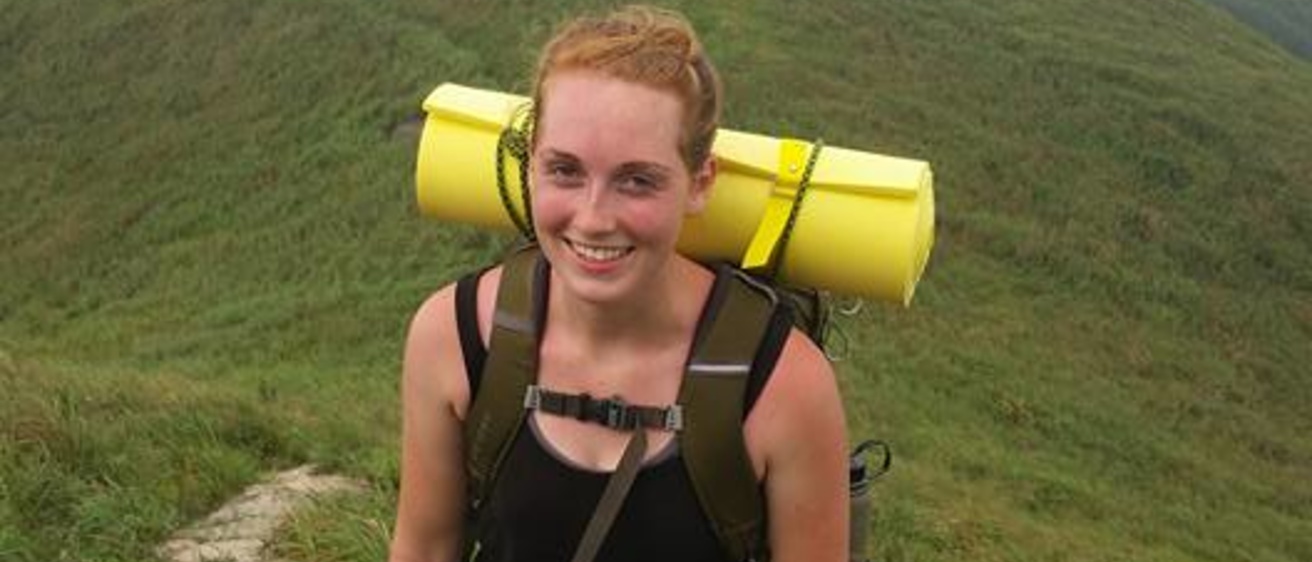Jose Assouline, adjunct professor of biomedical engineering, and Mathews Jacob, associate professor of electrical and computer engineering, are the first faculty members in the College of Engineering to become members of the new Iowa Neuroscience Institute.
The comprehensive and cross-disciplinary neuroscience institute, formed in the past year, conducts research to find the causes of, and preventions, treatments, and cures for, the many diseases that affect the brain and nervous system.
The Assouline Lab is focused on discovery of innovative and technologically advanced ways to diagnose and treat neurological diseases. One approach is to select appropriate molecular makers (immunological and viral methods). It has been a life-long quest to use non-toxic markers which could be used simultaneously in vitro and in vivo. The lab's work has focused on silica-based nanoparticles as an ideal molecule for the dual purpose of diagnostic and therapeutic. Applications of this novel nanotechnology in the Assouline Lab are aimed to elucidate fundamental aspects of neural regeneration, malignancy, demyelination diseases and environmental neuro-toxicity. Current ongoing research is dedicated to the improvement of quantitative, real-time measurement of disease processes with specifically targeted nanoparticles.
The main focus of Jacob's research is two synergistic research areas: development of machine learning algorithms that can learn the structure from noisy and sparse/missing data, and the application of the above algorithms to advance the state of the art in neuro-imaging technology, including MRI and microscopy. The first line of research (machine learning algorithms) is key to the interpretation and discovery of knowledge in the vast amounts of data generated by advanced in-vivo neuroimaging methods, which are often corrupted by physiological noise and imaging artifacts. In the second area, Jacobs uses the structure learned by the algorithms to improve the state of the of imaging methods such MRI and microscopy; specifically, the learned structure is used to constrain the reconstruction of the images from noisy and sparse/missing observations (accelerated MR imaging).
For more on the Iowa Neuroscience Institute, go to https://medicine.uiowa.edu/iowaneuroscience/.
